A Triathlete’s road to recovery


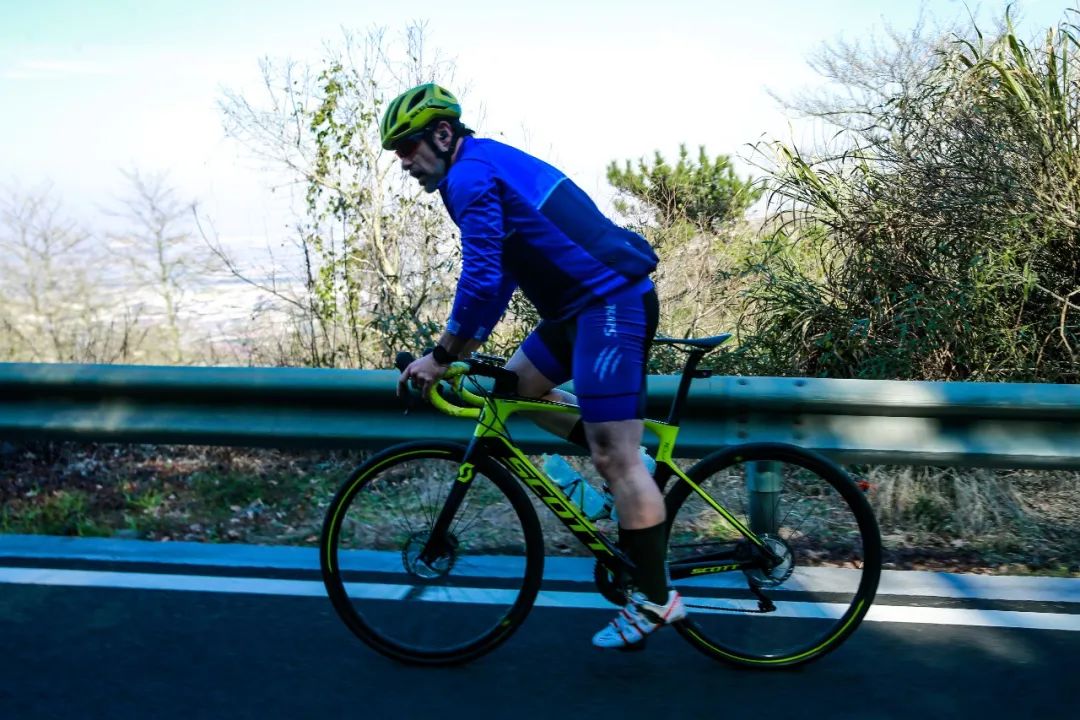
Pierre is a former Canadian National Team triathlete. For anyone who knows the sport, you will know how much commitment and dedication it takes to train for your competition – for amateur athletes alone. Imagine being on a national team where you are training 20 hours per week – and how much work you put your body through.
Pierre first began swimming at 24 and at 25 was swimming about 2,000m every day and at 26 about 4-5000m six times a week. The mentality back then he says, was ‘the more, the better’. Unfortunately, ‘the more’ wasn’t better. His training curve wasn’t a curve, but a steep straight line that ended up with Pierre tearing his rotator cuff and bicep tendon in each of his shoulders. But without realizing it, and just thinking it was part of training and toughness, he would continue to power through, only to do more damage. Combine a bit of headstrong, triathlete mindset and the coaching mentality of ‘no pain, no gain’ and it can be the perfect injury-fueled storm.
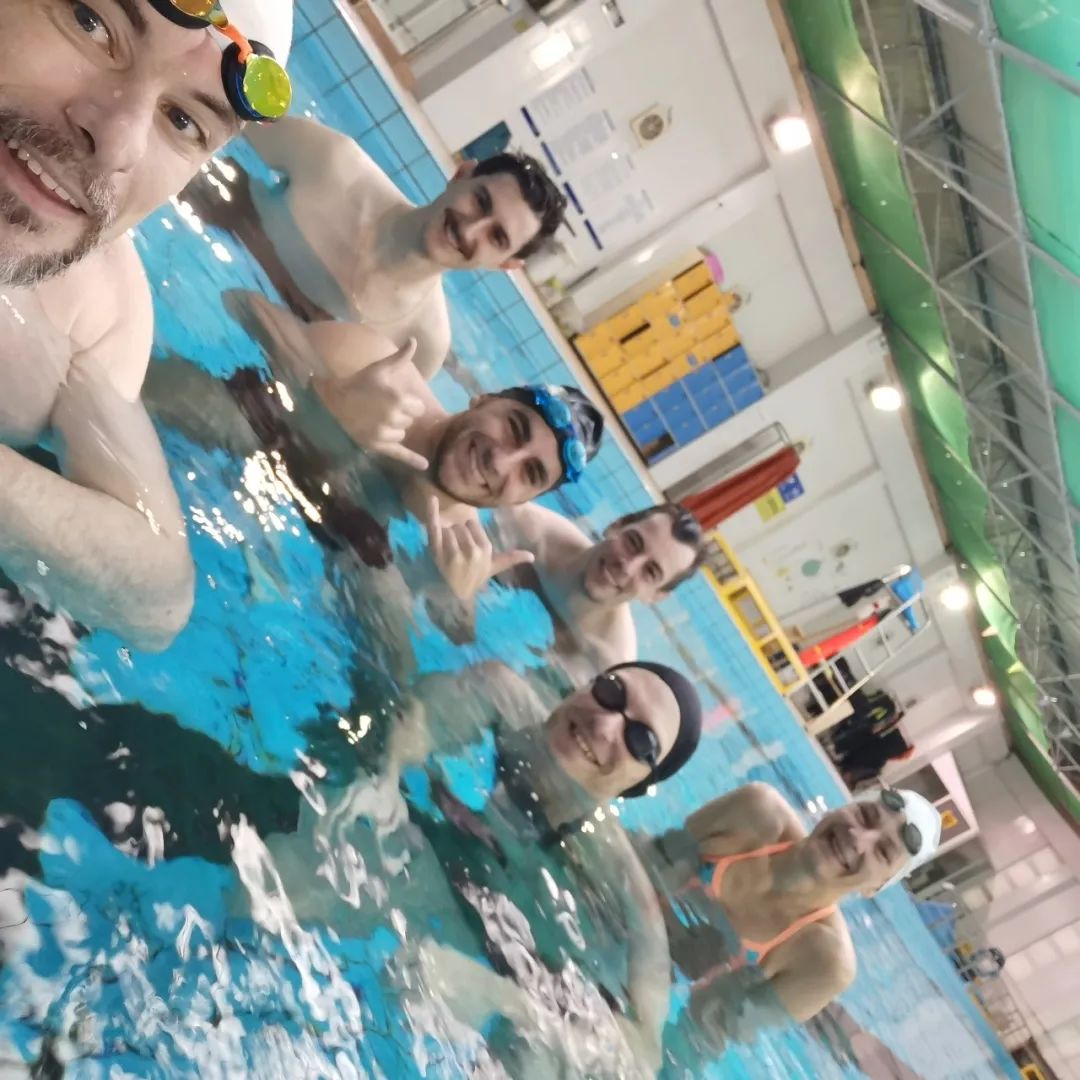
“You put ice, you stretch and you start the day after. When it was getting acute you see the physio – he does an ultrasound, some Tylenol, you stop swimming one or two days and then you start back again.”
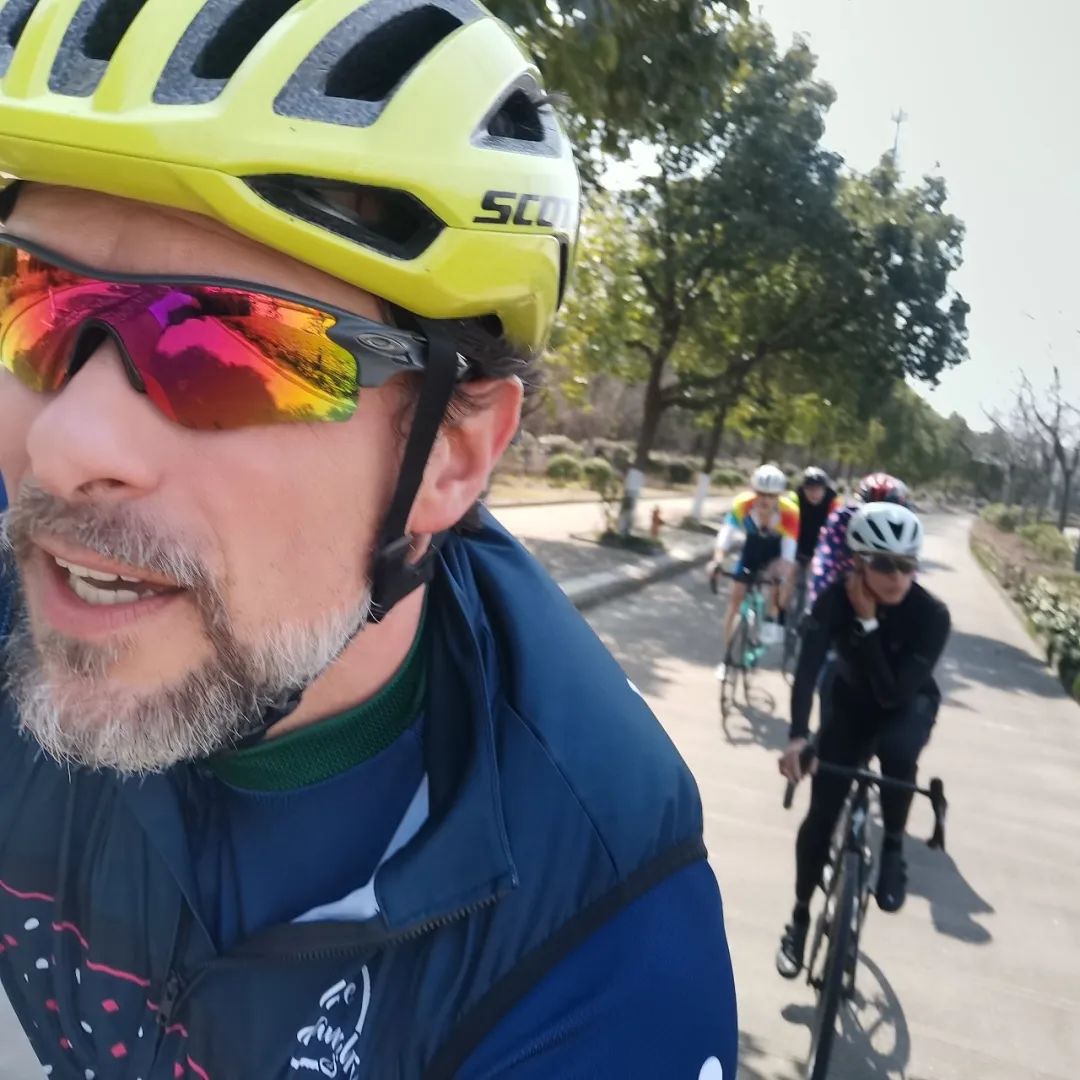
In 2011 he retired from triathlon and came to work in China. He started boxing, getting into the gym and just do a little swimming here and there. Then he found local club SETC and began to pursue his passion again… but the pain started to also come back.
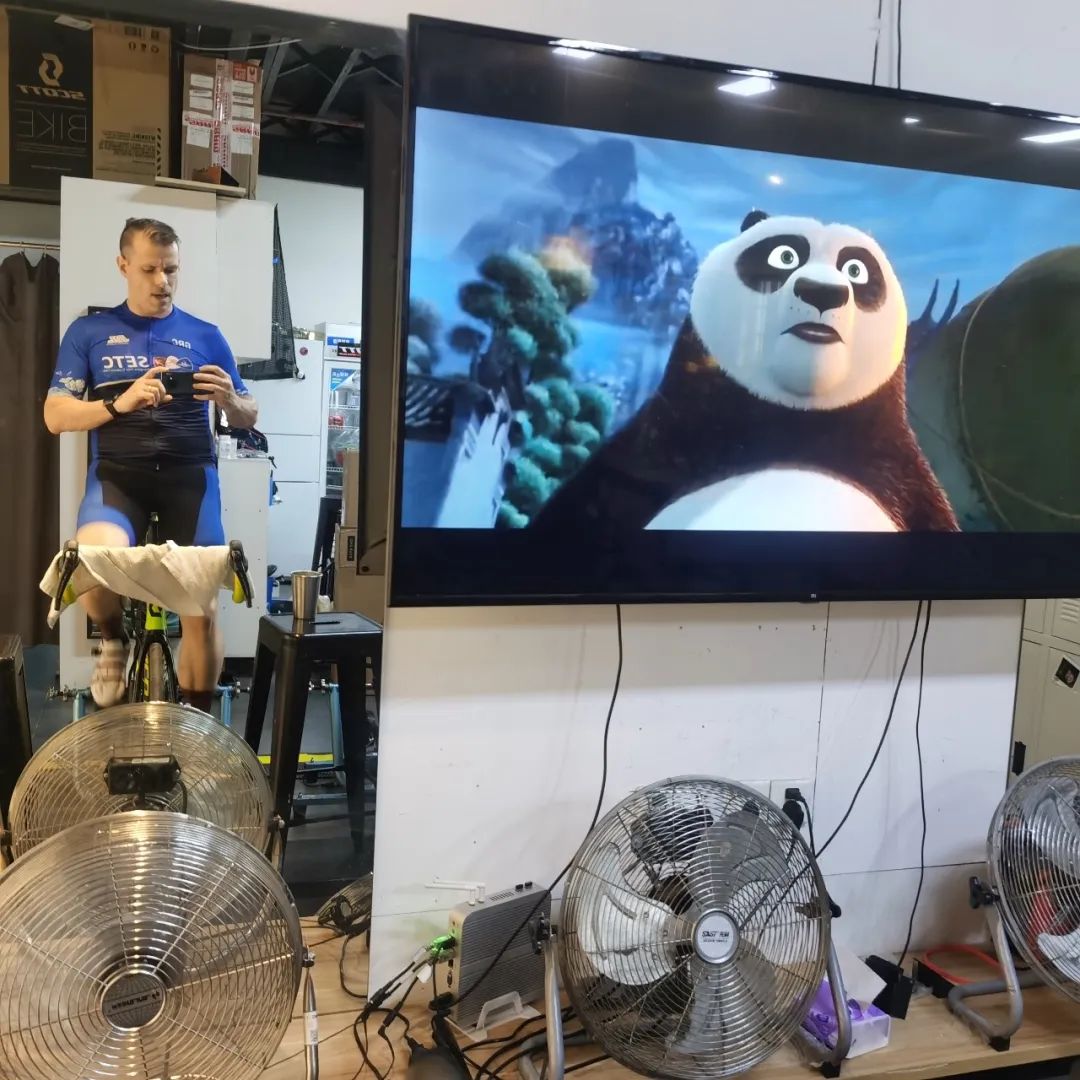
He remembers doing a bike session in a TT position (an aero position that allows the rider to rest on narrow extension bars situated on the bike). This was 2021 and the pain started up on his right shoulder and was just really uncomfortable. At that point, he says he couldn’t deal with it anymore. Maybe the pain had increased, or maybe, in his words, he was getting smarter. And maybe with a little input from his wife, he adds, he went to go see a doctor. They took an MRI and he then found out his tendon was torn – and probably had been for a long, long time.
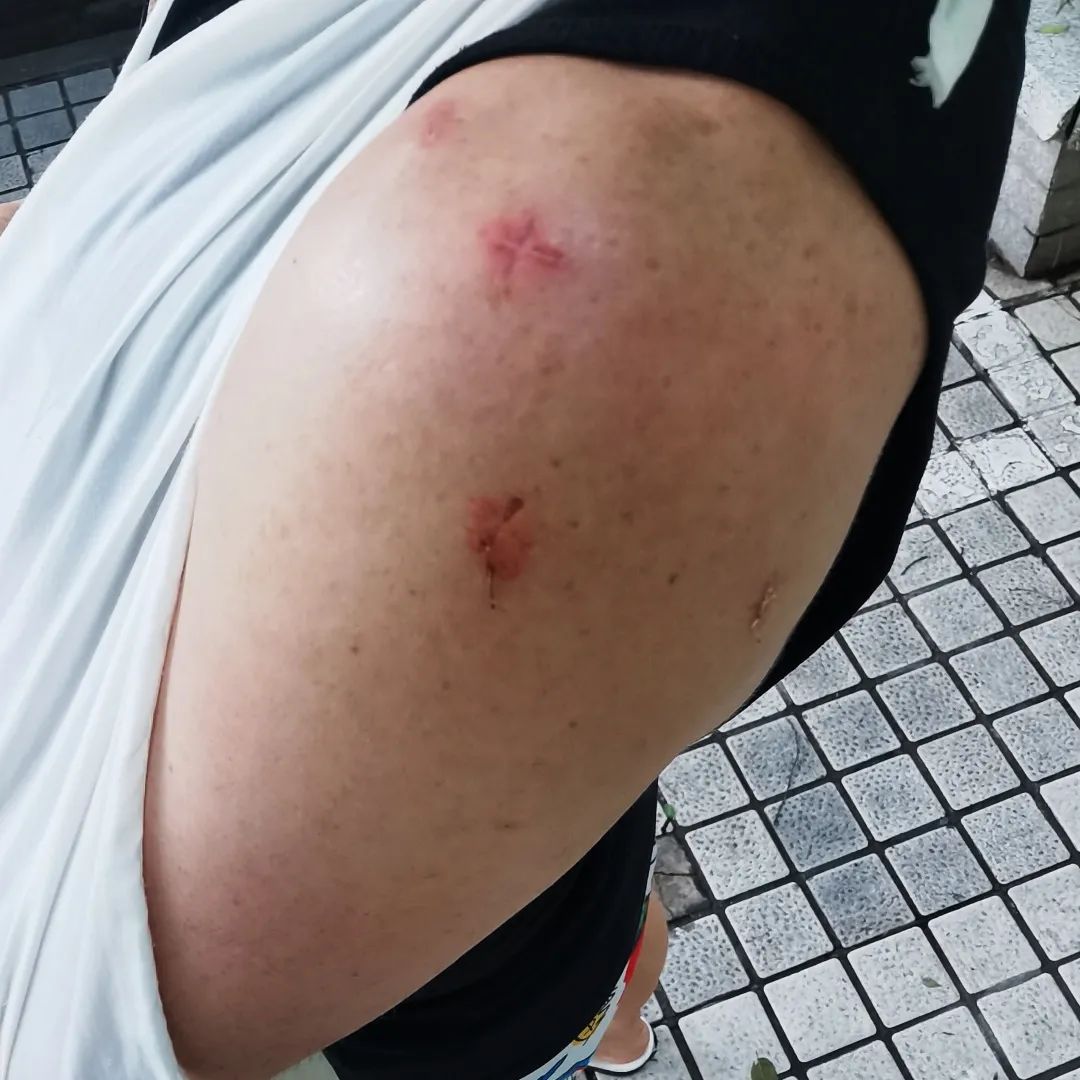
He went through surgery, and rehab at UP working with Dr. Nathan. Then after 18 months, when he was fully back to action, he started to have pain again – but this time in his other shoulder. He went back to the doctor who informed him, the left side also needed to be repaired.
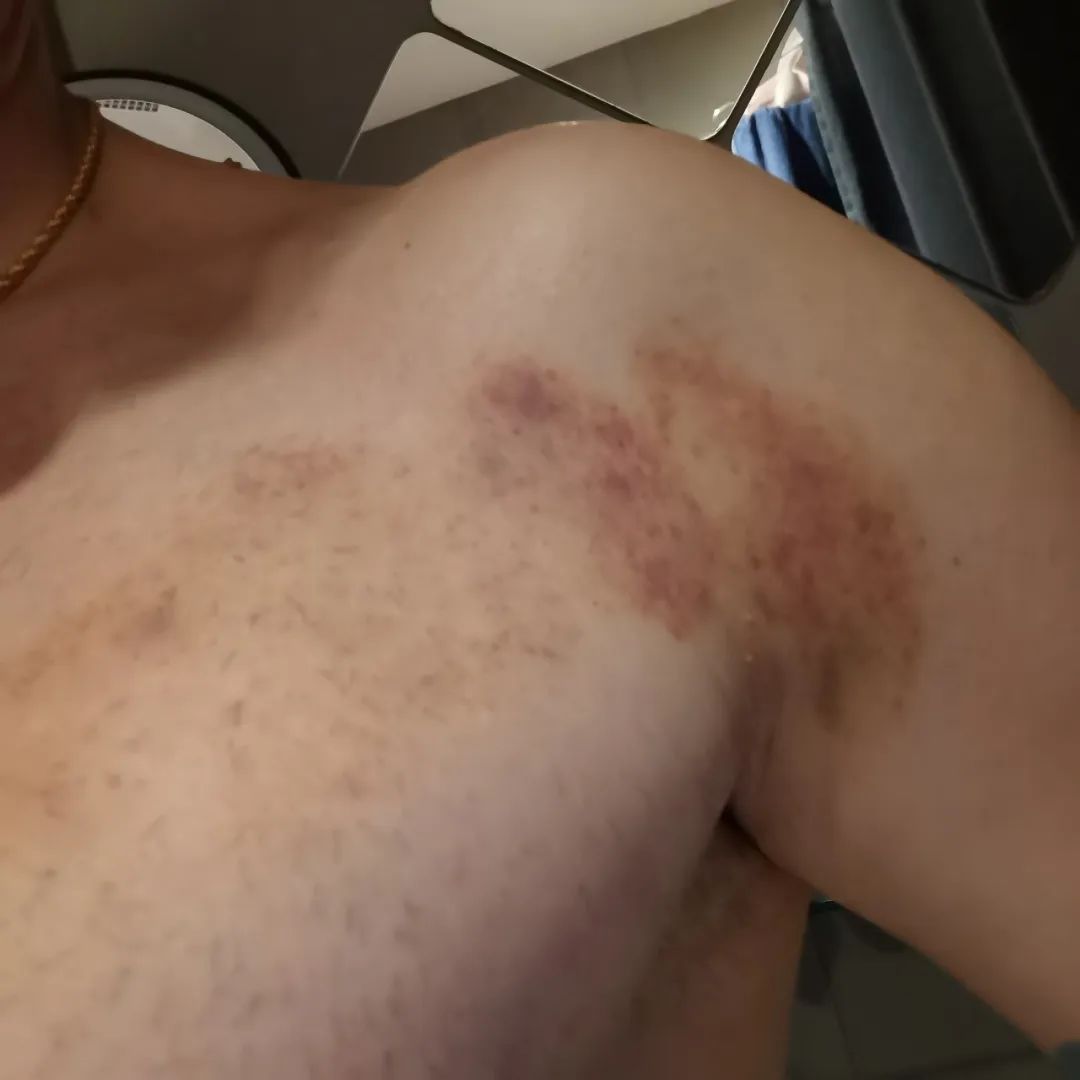
So in July of 2022 he went back to UP Clinic to work on the other side – after having a great experience the first time around. This time, he worked with Dr. Amari – Nathan’s successor, to help Pierre get back to basics for a second time.
“In the beginning it was working mostly on mobility – his range of movement was really lacking, and it was painful to push through. We focused on myofascial decompression, with cups and fascia knifes. And very painful releases,” says Amari.
Pierre adds that despite doctors orders, to rest and not move, he was also eager to get going as soon as possible, which is why he jumped into physiotherapy right after surgery. After a four month check up from the hospital doctor he was given the okay to start doing small exercises – but at that point Pierre had been working with Amari to get back nearly 70% of his range of motion. So they started working a little bit more with ranges, shoulder flexion, plyometric, isometric and isotonic movements with resistance. And his performance progress continued to improve rapidly.
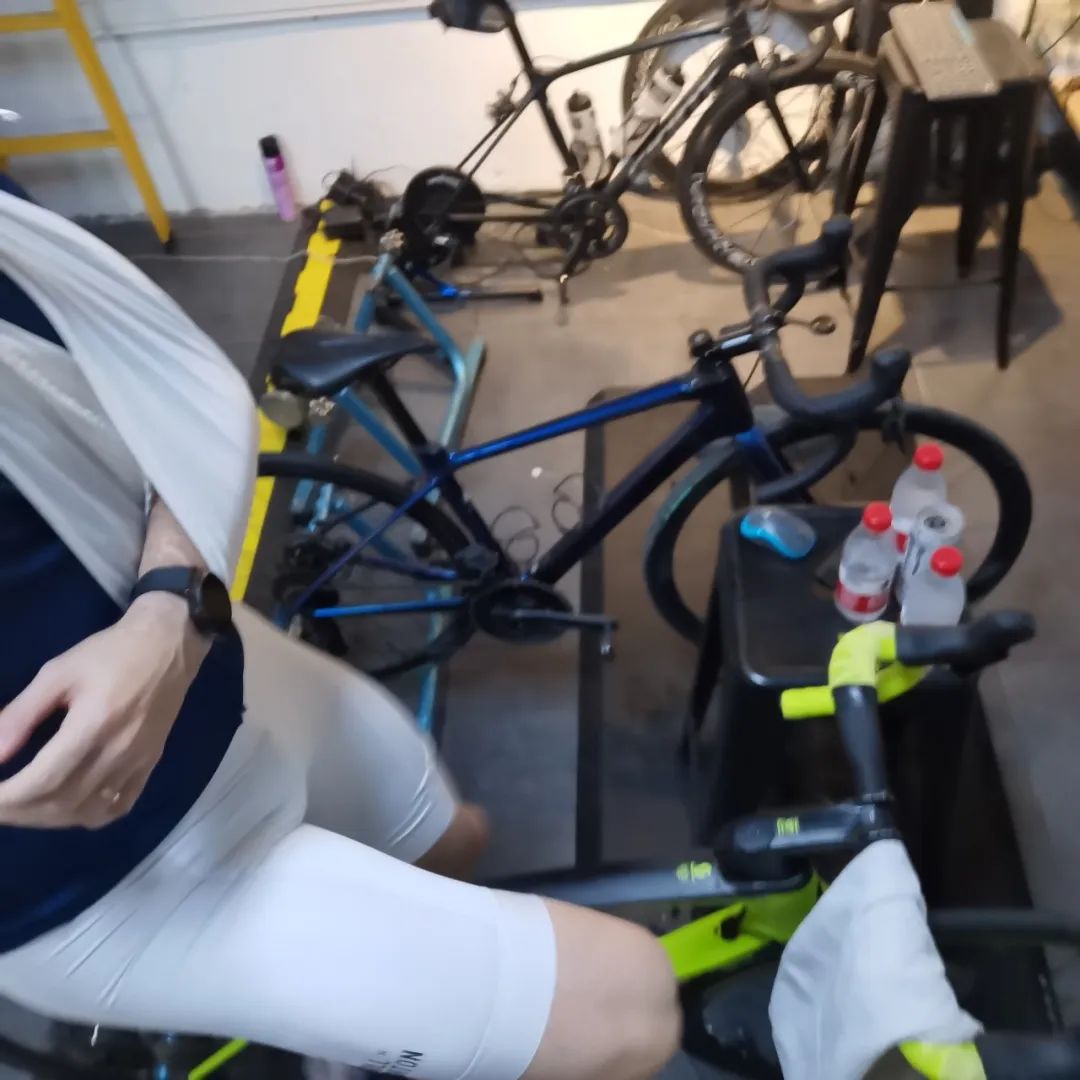
But it’s not just the magic that happens within the clinic Pierre adds – it’s also the work you need to do at home. His same religious attitude he put into his triathlon training, he was now putting into religious stretching and homework. Amari says that every time he would come back, he could see the results. So much so, that now Pierre has reached 90% of his total range of movement: he can cycle with no pain and most sports he’s back to 100% of where he was at previously. In January he was doing a shoulder press at 17lbs. But by March he had been able to work up to 55lbs. With consistency, dedication and time, Pierre has seen dramatic improvement in just a few short months.
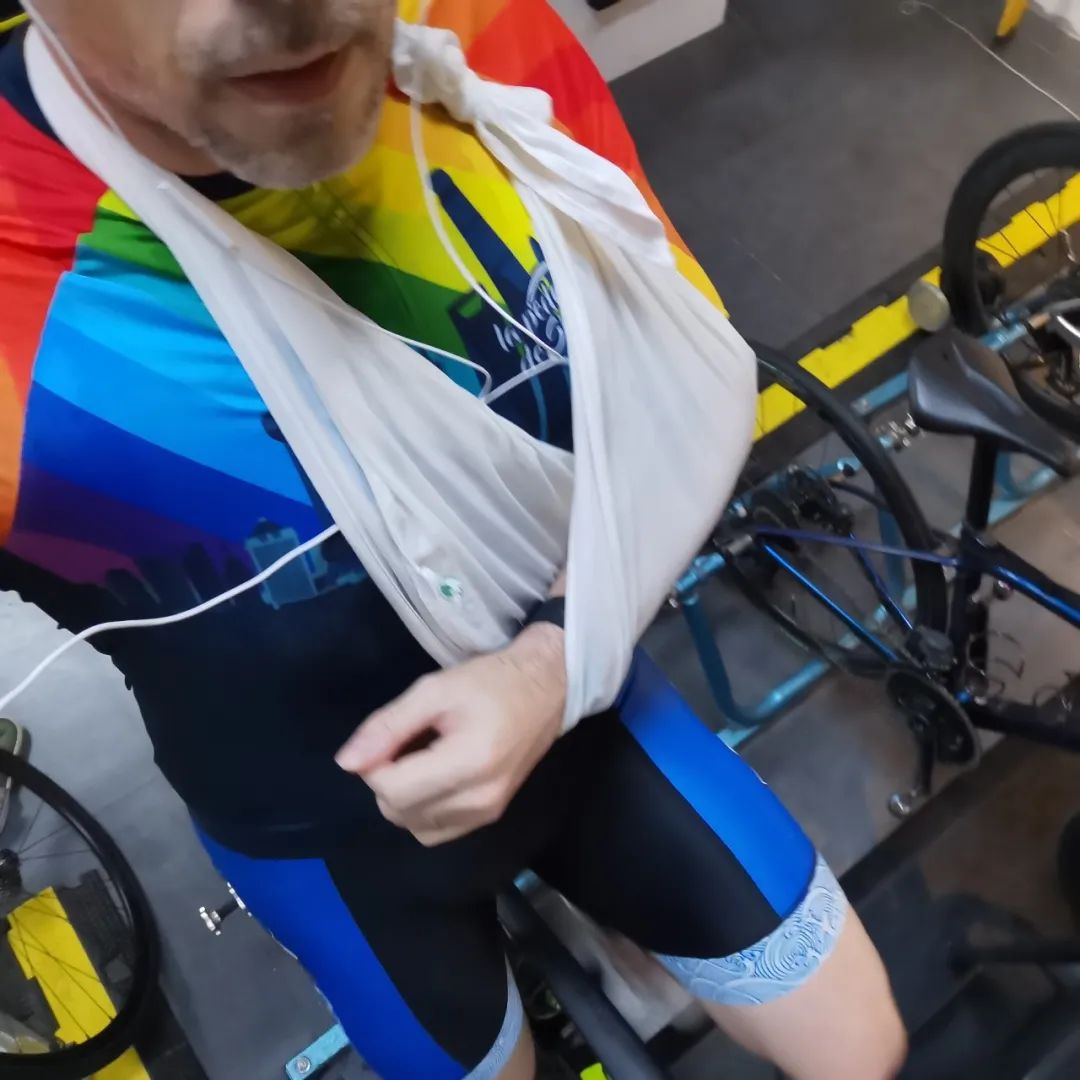
He says of his experience, that he learned ahead of his second surgery to research as much as possible and get into physiotherapy straight away. The second surgery was much smoother as a result – Finding that starting physiotherapy after only a few weeks made a huge difference to his progress rather than waiting longer (even if it didn’t feel like that long in the grand scheme of things).
Not only that but in terms of rehabilitation, there is a little bit of the ‘no pain, no gain’ mindset – that is healthy. There are parts that are painful, but you kind of have to grit your teeth and get through it…
“You have to swallow and it will get better afterwards. If you can just push through the rehabilitation part, it speeds up the recovery. Rehabilitation for me is the key. You have a muscle, a tendon, a structural issue.. you have to go see the people who know about that. The surgeons are there to repair, they are not there to get you back on track as fast as you can,” he says.
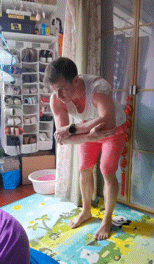
Pierre also adds that doing the homework can be even more of a challenge – if someone is pushing you past your comfort zone and it’s painful, that’s one thing. But when you have to do it yourself – it’s hard, but you can’t stop. “If you don’t cross the comfort limit, you don’t gain anything.”
Lastly, understanding how to work with your therapist and making the environment comfortable can go both ways. He says it makes it easier to push through the pain – if you’re not comfortable and you retreat, the therapist might be concerned that they’re pushing you too much.
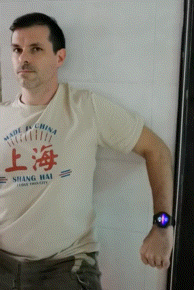
“Trying to have fun in the sessions makes them more bearable – you can’t come in and say I don’t want to do that, I’m not going to do that – because then how can the therapist help to resolve your issue”?
For Pierre, that dedication and winning attitude helped him quite literally get back on the bike in no time at all. And he hopes that with the same willpower that others can recover quickly too – and get back into pursuing their passions as smoothly and as swiftly as possible.

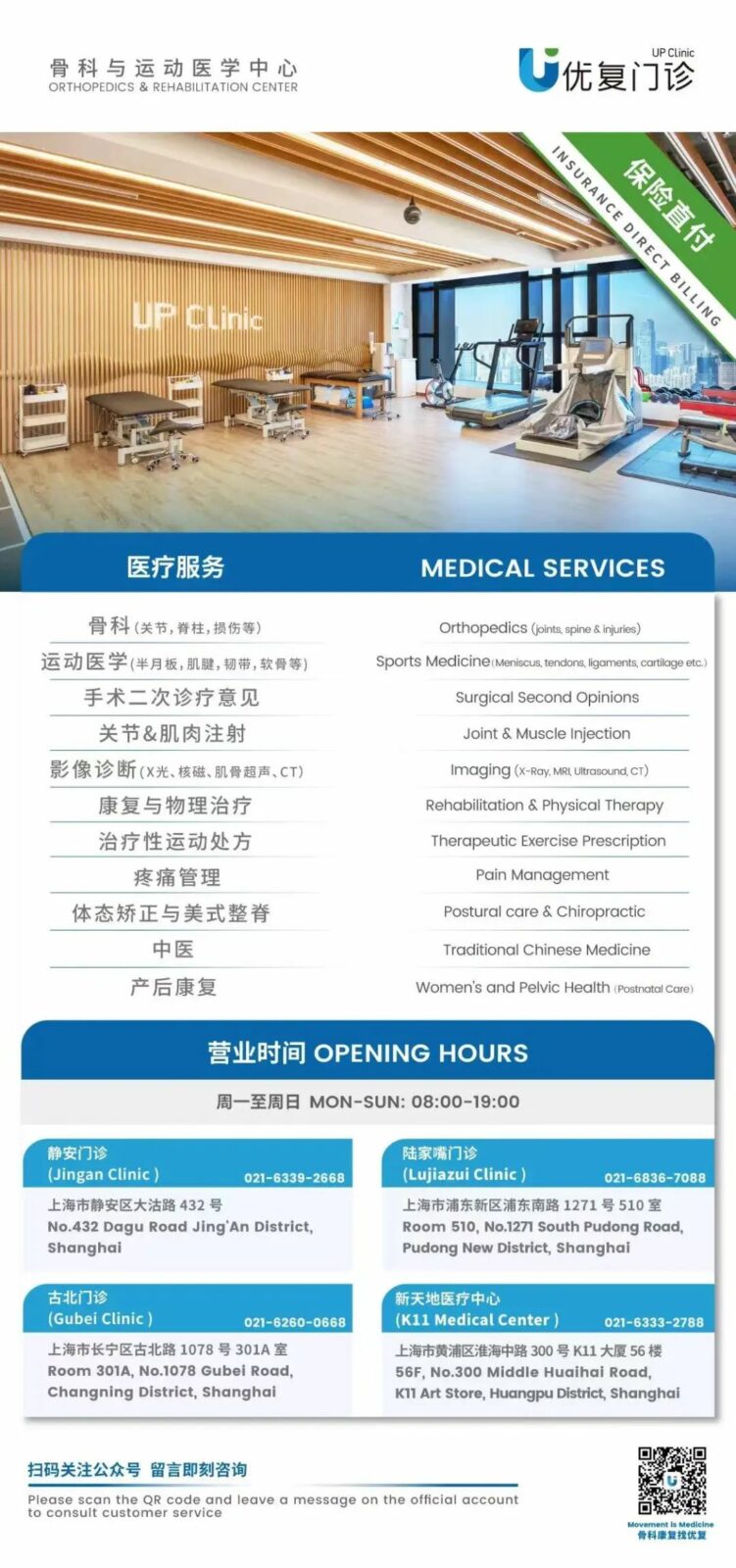
Finding that starting physiotherapy after only a few weeks made a huge difference to his progress rather than waiting longer
Nathan’s successor
本篇文章來源于微信公衆号: 上海優複門診部

